A row of ten drying tables stand in the sun with dark red beans spread out across one of them, yellow-gold beans on another, and light-brown beans on a third. The scene is complete with two workers processing the day’s harvest; removing the seeds (beans) from the coffee cherries that the plantation organically grows to produce premium and speciality coffee.
Nguyĕn Vũ Tú Anh, coowner of Aeroco Coffee, grabs a handful of yellow-gold beans from the table and lets them cascade through her fingers. “We turn the beans every half an hour,” she explains. “That way they can dry evenly.“ After a day or two, the moisture level is low enough to start the next stage, which is a final drying in a greenhouse, then we store them in an air-conditioned environment,” she adds.
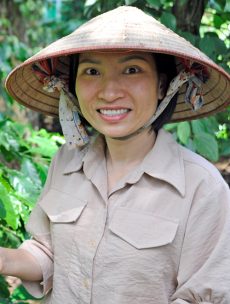
The harvest is early for the time of year and Nguyĕn’s husband, Lê Dình Tu, left their Ea Kao plantation early in the morning to supervise the harvest at their second plantation in Kon Tum, more than 250km (155 miles) to the north. “We normally start harvesting in November,” she explains. “But the beans have ripened earlier than normal because of the warm weather over the past few weeks.”
Ruled by the weather
Nguyĕn and Lê’s lives have revolved around coffee for the last eight years. They grow robusta coffee from 13ha at their Ea Kao location – close to the provincial capital of Buôn Ma Thuôt – and 8ha of arabica at their Kon Tum location.
“Arabica beans grow best at higher altitudes,” Nguyĕn explains. “That is why we built the plantation for those types of beans in Kon Tum, which is at an elevation of around 1,000m (approx. 3,280ft). We grow the robusta beans down here at around 500m elevation (approx. 1,640ft).”
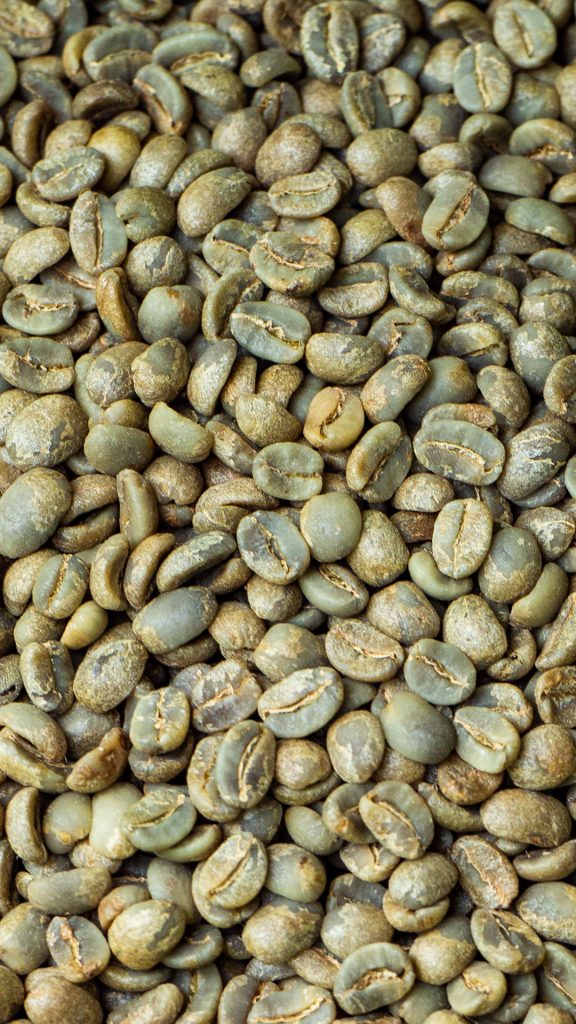
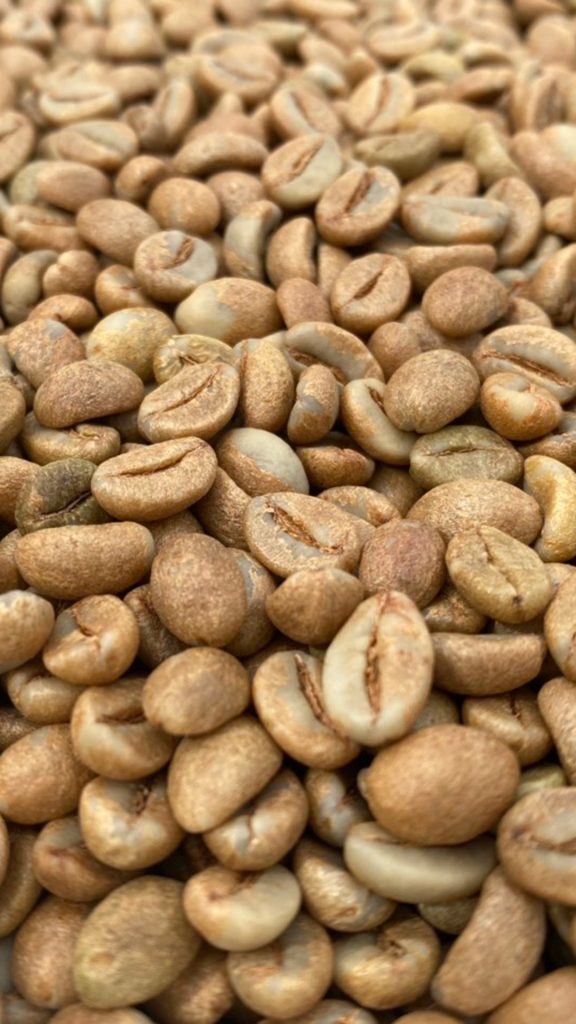
And the weather rules, Nguyĕn explaining that yields are highly dependent on the weather, and vary per hectare and year-to-year. “On average we get between1,500kg and 1,800kg/ha of arabica, and 2,000kg to 2,200kg/ha of robusta.”
Growing organic coffee for biodiversity
Both the Ea Kao and Kon Tum plantations look different to more traditional plantations sitting across the hillsides in endless straight rows. Nguyĕn has her reserves about traditional, intensive cultivation.
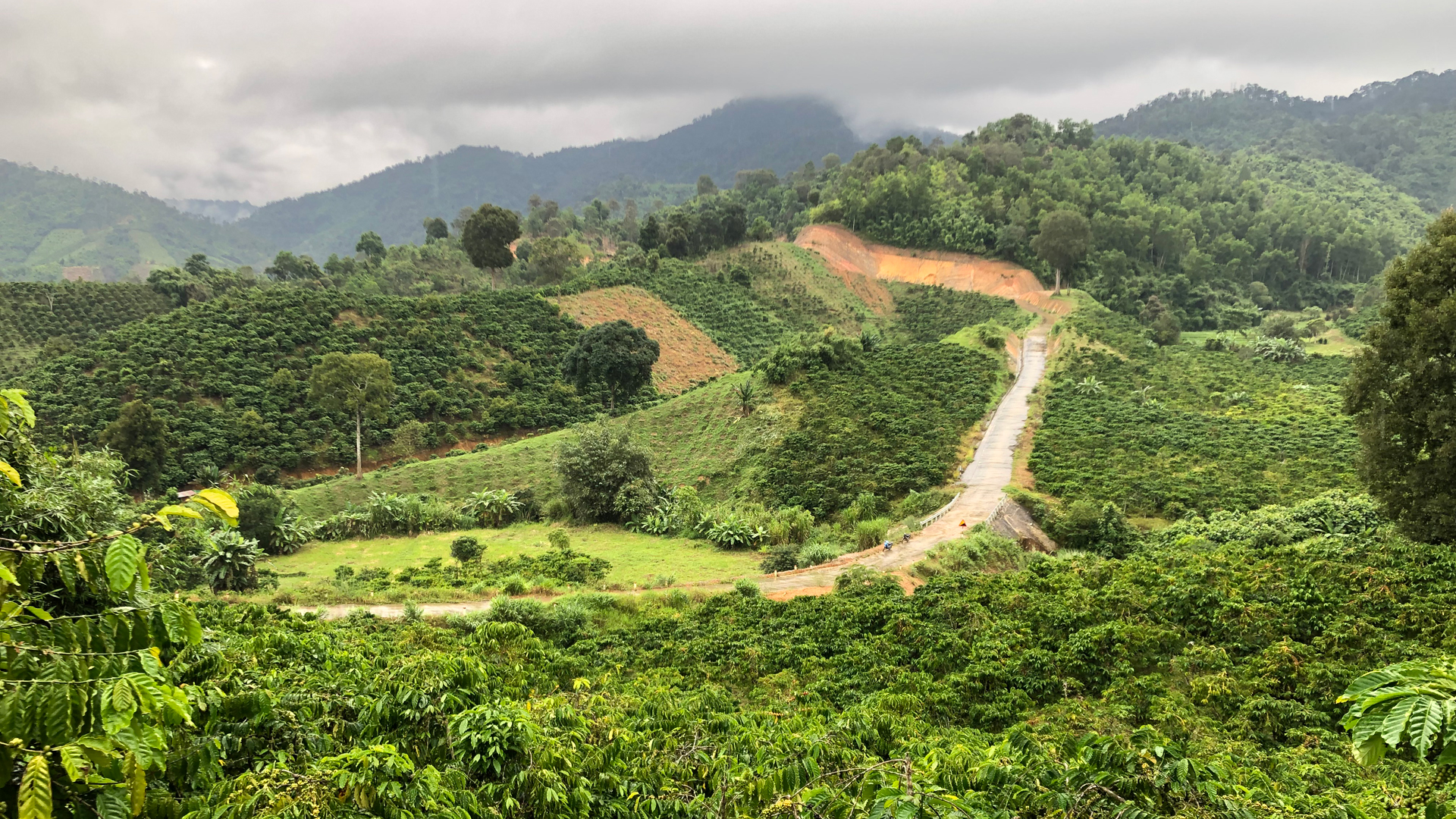
“That requires a great deal of crop protection products and fertiliser,” she says. “We decided to grow organically.” She acknowledges that in comparison to the traditional plantations their organic system looks rather untidy – but the ‘untidiness’ is what makes it a haven for biodiversity.
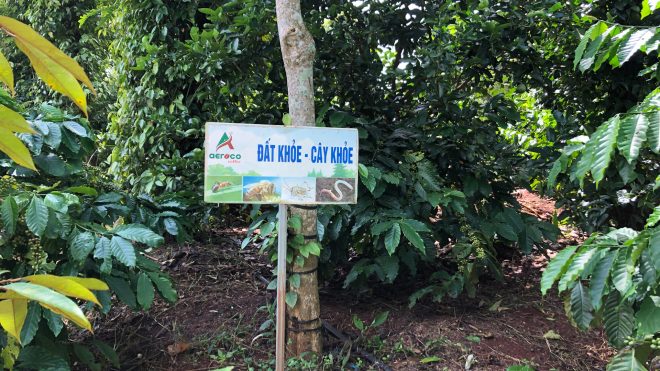
Nguyĕn explains that the coffee plants are interspersed with other trees, such as pepper and fruit trees, as part of a three-layer system. “The first layer is grass, preventing the soil from drying out and providing shelter for small creatures. The second layer is the coffee plant, and the third layer is a pepper or fruit tree.”
Further benefiting the system, in some places, is a fourth layer comprising of an even bigger tree to provide shade for everything beneath it. The layered system means that they don’t have to rely solely on commercial plant protection products or fertiliser. “This way, we support biodiversity and make use of organic protectors,” she says.
We make use of organic protectors and support biodiversity that way.
Nguyĕn Vũ Tú Anh
Currently, they grow three varieties of arabica and one variety of robusta, with the entire production and sales chain in their own hands. “We do everything ourselves,” she says proudly. “We pick, shell, dry, roast, process, package and sell… everything. And they’re not wasteful, making use of the whole plant. We use the shells are to make compost, and we draw tea from the flower petals.”
Producing better vietnamese coffee
Fertiliser is what got everything started. For years, while Nguyĕn worked as a lawyer in Ho Chi Minh City, Lê travelled throughout the country selling fertiliser. Through his conversations with growers, and what he saw at their plantations, he noticed the overuse of chemical inputs.
“Everyone was just throwing them on their land without thinking,” he says, speaking from an online call. “It did lead to profits in the short term, but because I had been in the business for so long, I also saw the effect it was having on biodiversity.”
I thought it was a shame that vietnamese coffee beans are primarly used for instant coffee. We can produce much better coffee!
Lê Dình Tu
Moreover, he explains it was exhausting the soil with growers needing to use increasing amounts of fertiliser. It also struck Lê as remarkable that Vietnamese coffee was not very well respected internationally, despite its past and current position as a major player in the world market (see box).
“Vietnamese coffee beans were exported primarily as raw material for instant coffee,” he explains. “That was mostly due to insufficient quality. I thought it was a shame – we have the expertise and the possibilities to produce much better coffee.”
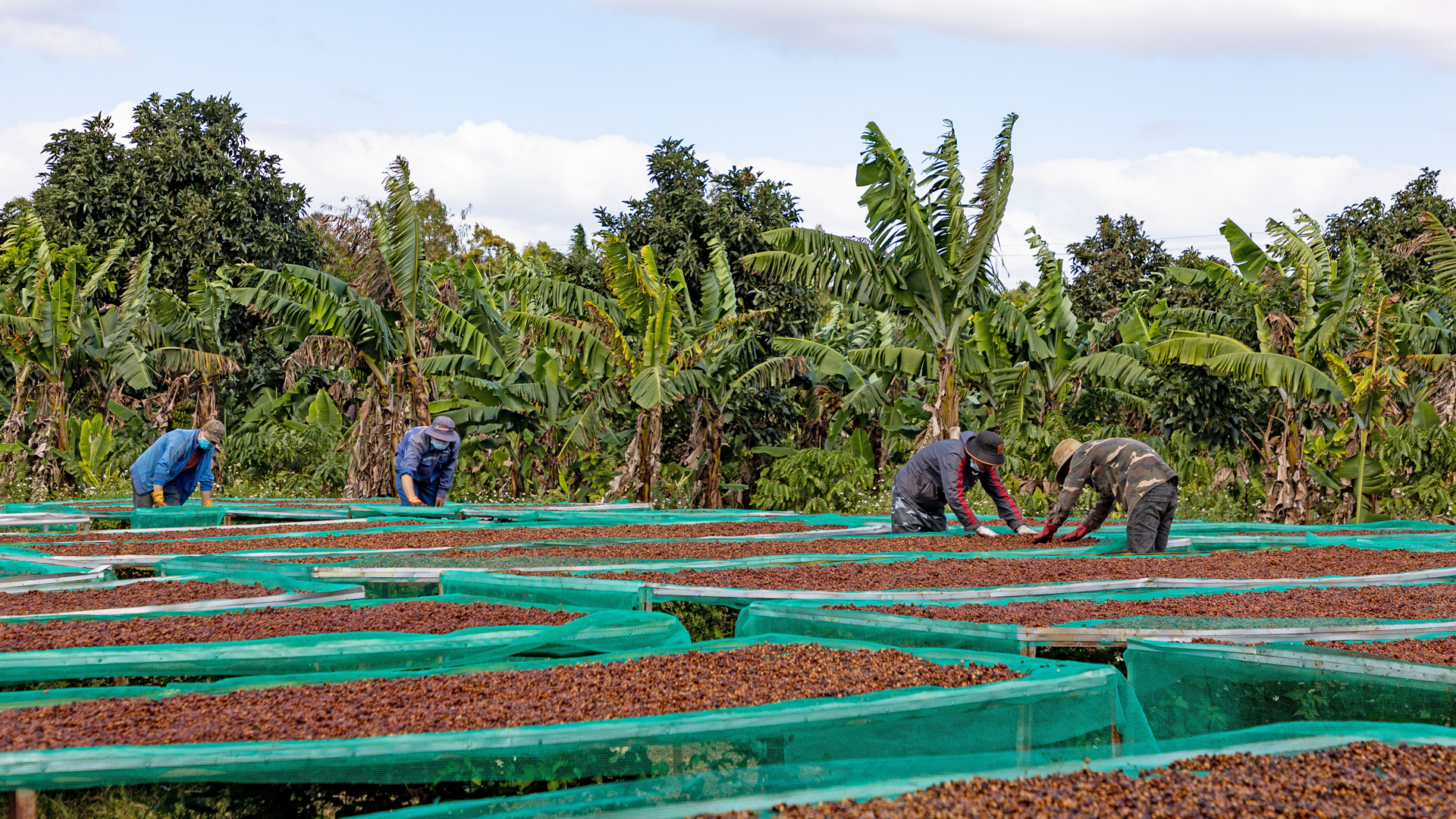
High labour costs
It has not been a easy road for them, cultivation is expensive, primarily due to the cost of labour. Most traditional farmers harvest once during the harvest season, but Aeroco workers go into the fields five times a year. “It’s labour-intensive,” says Nguyĕn. “But it’s good for the bean quality.”
Pulling a refractometer out of her trouser pocket, she puts a red coffee cherry in it. “We can use the refractometer to measure the moisture content of the cherries, if it’s around 18% the cherries are ready to be picked. Just look at the red colour,” she continues. “We only pick cherries with this kind of colour. If you only harvest once during the harvest season, you will get the red and the unripe green cherries – one harvest saves on labour costs, but it’s not good for the quality.”
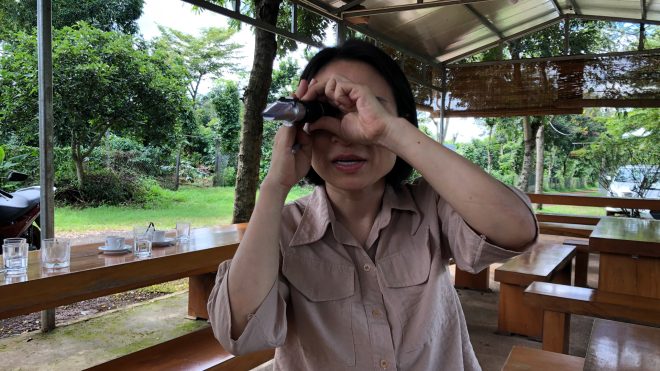
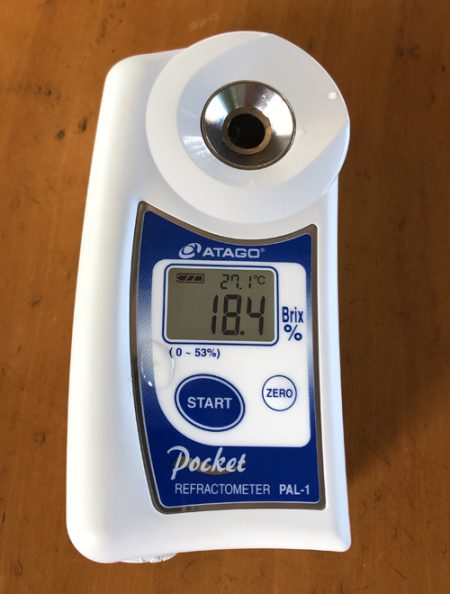
Comparatively, the cost and price of their organic coffee is higher with customers paying 600,000 VND (€23.69 or £20.86) for 500g of beans. “Our coffee is 1.5 to 2 times more expensive than regular coffee,” says Nguyĕn.
And for foreign customers there are additional costs, like transport and import levies. “At the moment, we sell about 80% of our coffee locally, and we export 20%. We’re seeing a trend of increasing demand for organic products. We are already selling our coffee to countries like the United States, Germany, Japan and Korea.”
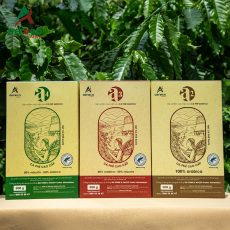
Nguyĕn and Lê’s efforts are already being rewarded, and last year they won the Vietnam Amazing Cup 2022, an award presented every year to the best ‘speciality’ coffee growers. “It is another step forward and acknowledgement that we are on the right path,” Nguyĕn concludes.
Sustainable relationships
The company has 15 employees, increasing to 30 during harvest, with a strong belief that sustainability extends to the relationship between employer and employee. At the plantations, women and men form the workforce in roughly equal numbers.
“I think it’s important that women are able to work too,” Nguyĕn says. “That is why we are very flexible with working hours. Some of the women work here in the morning so that they can be at home in the afternoon when their children get home from school. I want to give them a good income so they can provide for their families. Workers who are satisfied also contribute to a good product. I put a lot of effort into ‘sustainable relationships’.”
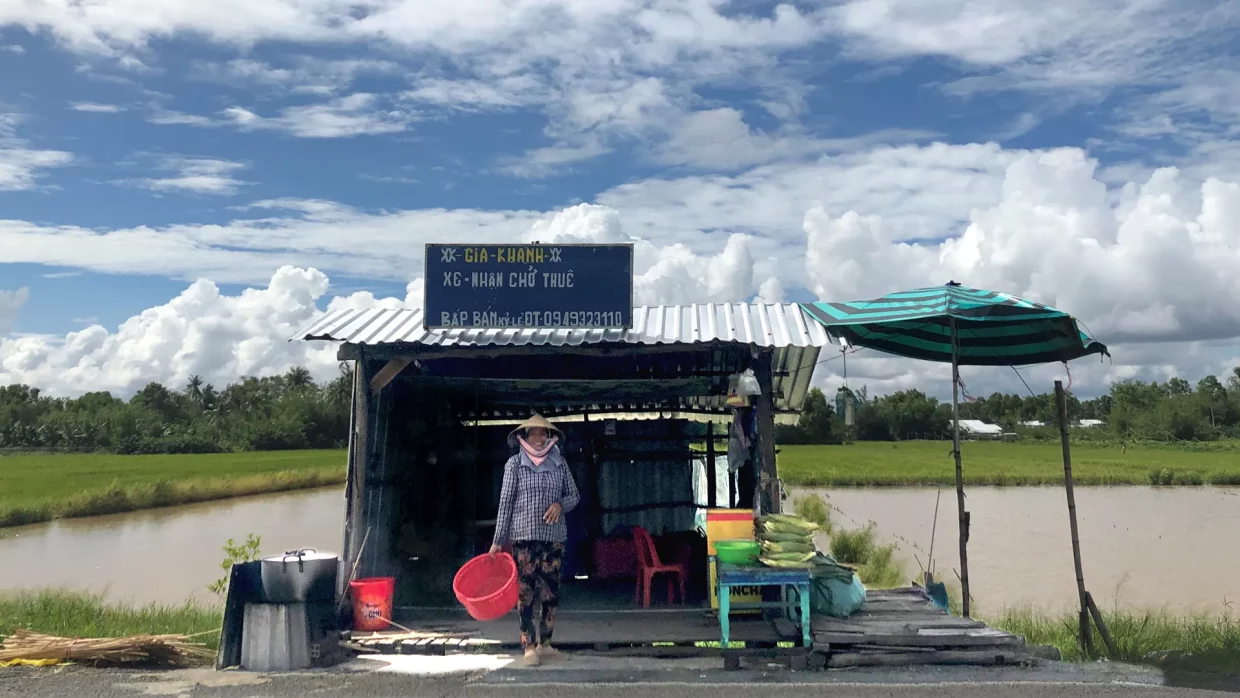
And this ethos is reflected in the partnerships they have with their three contracted coffee growers, signed to five year contracts. “Many farmers want to produce coffee in a more sustainable way, but many of them don’t know where to start,” she explains. “They also want a good guaranteed price.
“We show them how to grow coffee ‘our’ way and provide the coffee plants, machines, equipment, and fertiliser. We also ‘hire out’ employees to them, and guarantee the purchase of their product.”
A big dream
But the mission has only just started and is far from accomplished, according to Lê. He hopes that one day they’ll have their own research and development centre. Looking closer ahead, next year, they plan to establish a growing area where they can experiment with 80 varieties of beans. Their aim is for slow and steady growth.
Lê’s big dream for the future is that Vietnam will achieve international recognition as a producer of high-quality coffee, and that Aeroco will have a big part in that. “Farmers could be doing so much better in many places,” he says. “I want to be able to say with pride that this coffee was made in Vietnam.”
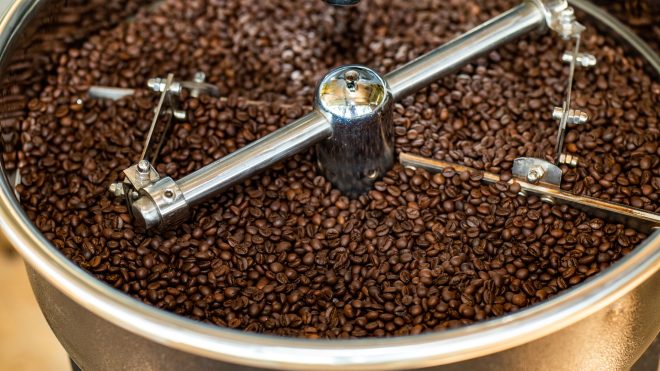
Vietnamese coffee culture
Ever since the French Jesuit missionaries introduced coffee beans to the Central Highlands of Vietnam at the end of the 19th century, coffee cultivation has seen unparalleled growth.
Vietnam has 705,000 hectares of coffee plantations, and over the past decade the Central Highlands have become the most important coffee growing area in the country. And with half of the country’s coffee cultivation n the province of Dak Lak, the coffee acreage in the province has quintupled since 1990.
Sustaining production, is the volcanic soil and the mild climate which creates the perfect conditions for growing coffee. Average year-round temperature is 26 degrees celsius with an average rainfall of 2,000 mm (approx. 80 inches) every year.
In terms of trade, Vietnam is now the largest exporter of robusta coffee beans in the world, and the 15th largest arabica beans exporter. The Vietnamese people primarily drink robusta coffee with its high caffeine content, often adding ice and sugar or condensed milk.
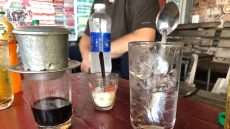
For the Vietnamese, coffee isn’t just coffee, it’s an important social activity. People meet up, drink coffee, and chat. Coffee is now very much a part of Vietnamese culture, with a coffee shop on nearly every street corner.



